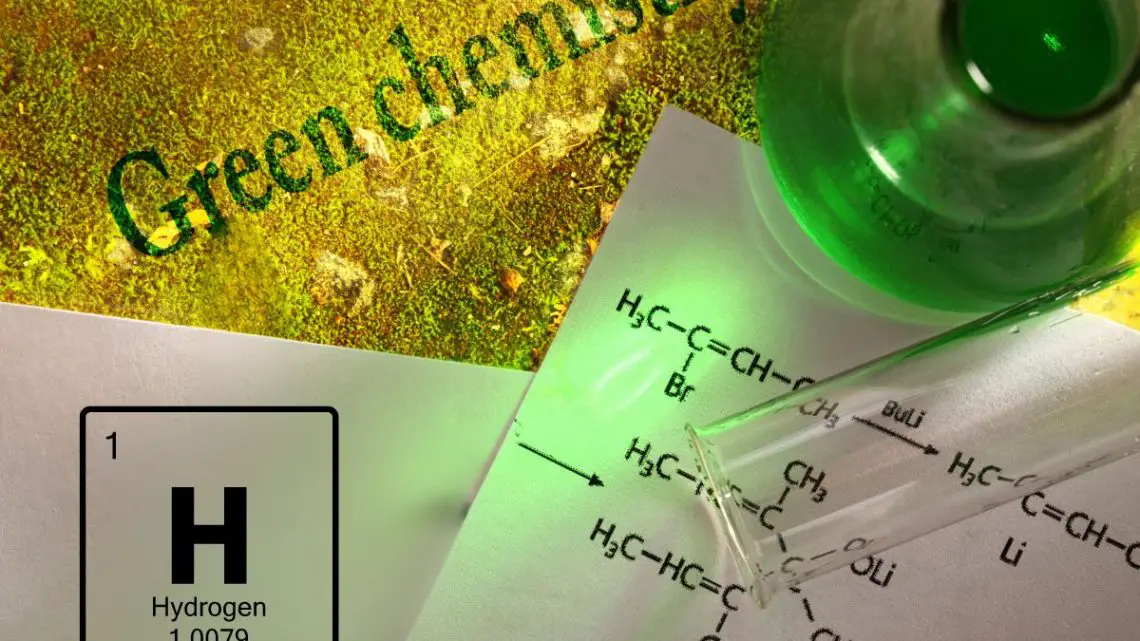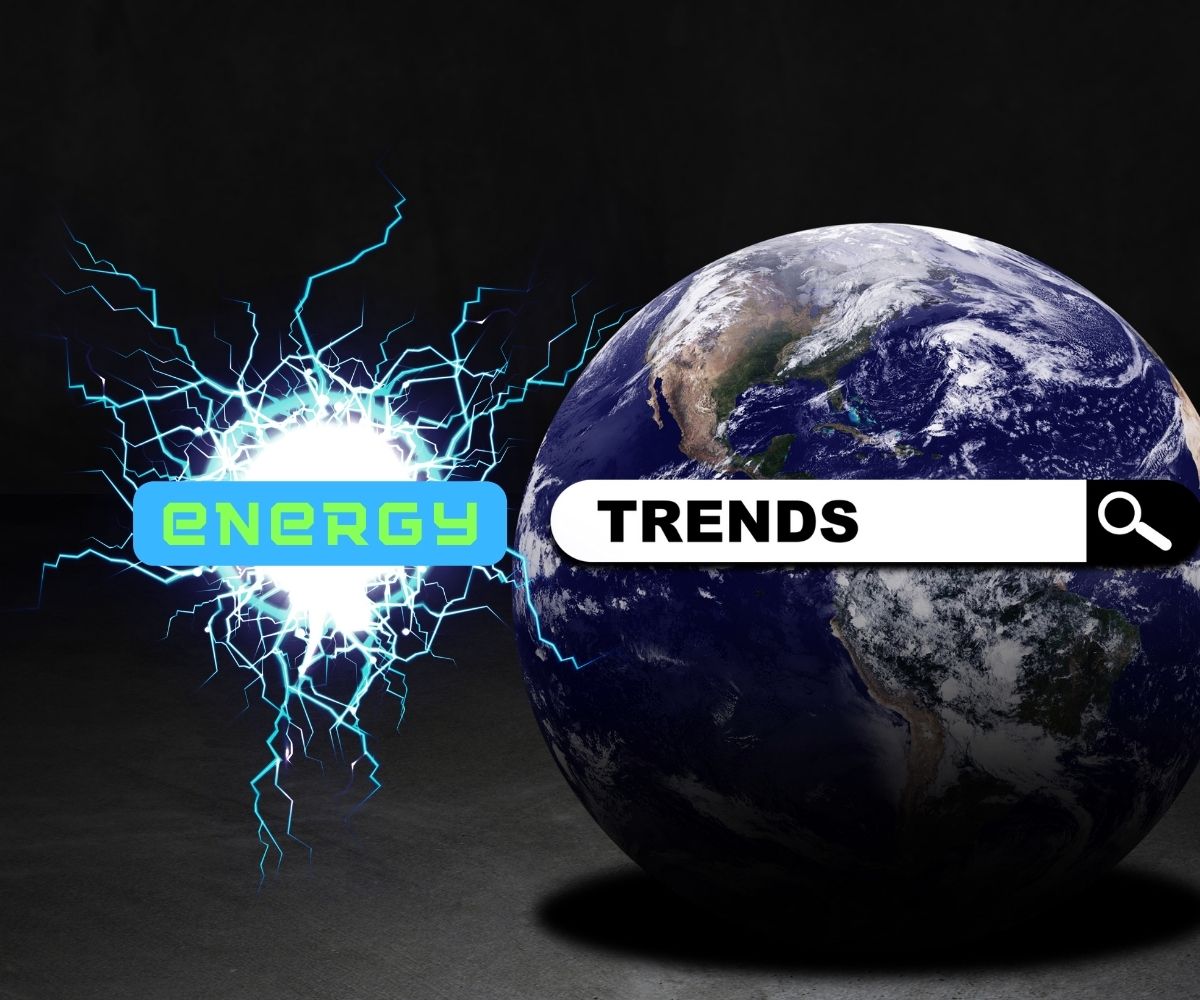
Turning Plastic into Hydrogen Fuel ~ The Role of Green Chemistry and Salts
February 6, 2024 0 By Bret WilliamsLocated in the heart of Spain’s Basque Country, CIC energiGUNE is a beacon of innovation in the realm of energy research. Established as a strategic initiative by the Basque Government, the organization has swiftly emerged as a key player in the pursuit of sustainable and efficient energy solutions.
CIC energiGUNE‘s commitment to cutting-edge research is evident in its focus on electrochemical and thermal energy storage. The organization delves into the intricacies of energy storage systems, aiming to unlock new possibilities and push the boundaries of what’s achievable in the field. Their research spans from exploring novel battery technologies to investigating advanced materials for thermal storage.
A closer look at CIC energiGUNE innovative patent system for producing hydrogen fuel from plastic materials.
CIC energiGUNE has pioneered an innovative catalytic system that uses ionic liquids to generate hydrogen from plastic waste. This system not only addresses the increasing demand for clean energy but also provides a solution to the growing issue of plastic waste.
The method utilizes ionic liquids, a groundbreaking class of compounds also known as room temperature ionic liquids (RTILs), molten salts, nonaqueous ionic liquids, liquid organic salts, and fused salts. Unlike many salts which solidify, these substances retain their liquid state at room temperature, making them uniquely versatile. Often employed in green chemistry, they serve as effective solvents with low volatility, minimizing the risk of harmful emissions. These properties position ionic liquids as environmentally-friendly alternatives to conventional solvents. In this innovative process, they act as catalysts to decompose plastic substances into hydrogen, demonstrating the potential of these unique compounds not only as green solvents but also as facilitators of sustainable energy solutions.
In a notable application, ionic liquids are used as catalysts to break down plastic materials into hydrogen, offering a sustainable energy source. This method has proven highly effective, particularly in the catalytic cracking of plastic waste under electromagnetic irradiation, and most notably when exposed to microwave irradiation. Such success further underscores the potential of ionic liquids in advancing sustainable chemical processes.
This method offers these other key advantages:
- Efficient Use of Catalyst: The system requires a minimal amount of catalyst, contributing to its cost-effectiveness.
- Recovery of Decarbonized Co-products: The process allows for easy recovery of solid decarbonized co-products.
- Reuse of Ionic Liquid-based Catalytic System: The ionic liquid-based catalytic system is easily recoverable and reusable, further enhancing its efficiency and sustainability.
- Rapid Hydrogen Production: The system enables rapid and efficient production of clean hydrogen.
- Stabilization of Metal Nanoparticles: The process aids in the stabilization of metal nanoparticles.
- Reduced Coking Phenomena: The system avoids or significantly diminishes coking phenomena.
- Low Energy Consumption: The method consumes less energy than conventional heating, making it an environmentally friendly option.
- Production of Added-value Carbon Materials: The process also results in the production of added-value carbon materials.

Waste to Energy Trends and the Promise of Hydrogen Fuel Systems
The growing interest in waste-to-energy (WtE) processes has emerged as a promising trend in the global energy sector. As per a report by GlobeNewswire, the global WtE market is projected to reach USD 81.5 billion by 2032, expanding at a CAGR of 7.1% between 2023 and 2032. This growth is driven by an increasing focus on renewable energy sources and sustainable waste management.
A significant part of this trend involves transforming waste into hydrogen fuel. For instance, solid waste, such as municipal solid waste, can be processed to produce intermediate products like hydrogen or syngas (ScienceDirect). This hydrogen can then be used as a clean and sustainable energy source.
CIC energiGUNE’s patented system for producing hydrogen from plastic waste is a shining example of this trend. It utilizes ionic liquids as catalysts to convert plastic materials into hydrogen, demonstrating significant efficiency in the catalytic cracking of plastic waste under electromagnetic irradiation. This system hits all the criteria for a successful WtE process, including low energy consumption, easy recovery and reuse of the catalytic system, rapid production of clean hydrogen, and the creation of added-value carbon materials.
The potential of such waste-to-hydrogen systems is immense. They not only provide a solution for managing waste effectively but also contribute to the production of clean energy, thus aligning with global efforts to combat climate change and promote sustainability. With continued research and development, these systems are set to play a crucial role in shaping the future of the global energy landscape.
Harnessing Low-Energy Solutions for a Sustainable Future
As we look towards the future of energy production, it’s clear that innovative, sustainable solutions are not just desirable but necessary. Among the various green energy technologies emerging, the waste-to-energy systems, particularly those converting waste into hydrogen fuel, hold significant promise.
CIC energiGUNE’s patented system stands out in this space due to its efficient use of low energy. By leveraging ionic liquids as catalysts under electromagnetic irradiation, the system transforms plastic waste into clean hydrogen fuel. This process consumes less energy than conventional heating methods, making it a more sustainable and cost-effective solution.
This low-energy consumption aspect is pivotal in today’s energy scenario. As global energy demand continues to rise, solutions that minimize energy use while maximizing output are invaluable. The ability of this system to achieve high efficiency with low energy input exemplifies the kind of innovation needed to meet our energy needs without compromising the health of our planet.
In conclusion, the pioneering work by CIC energiGUNE underscores the immense potential of low-energy, waste-to-energy systems. By turning problematic waste into a valuable resource, while keeping energy consumption minimal, they are paving the way for a cleaner, more sustainable future. It’s an exciting development that promises to make a significant impact on the global energy landscape.
About The Author
Bret Williams is a writer and researcher with a passion for trains and renewable energy technology. With over 20 years of experience, he is a recognized expert in the field of sustainable energy, including waste to energy and hydrogen storage solutions. Growing up, Bret's love for trains sparked an interest in energy and transportation systems. This passion led him to explore the world of renewable energy, where he discovered his true calling. As a writer, Brett uses his knowledge and expertise to provide insightful articles and whitepapers on cutting-edge topics related to sustainable energy. Bret is a passionate advocate for the environment and believes that renewable energy is crucial to preserving our planet for future generations. He strives to promote the latest sustainable energy initiatives, new technologies, and emerging trends in the sector through his writing.



 HFN News is your leading source for fresh hydrogen and renewable energy updates. Amid the fast-paced growth of hydrogen companies, we provide top-notch news and insights about this exciting sector. Our coverage spans from hydrogen cars to global sustainable initiatives, and we highlight the latest in green jobs and developing hydrogen hubs. We invite you to share your local hydrogen news and explore today’s renewable energy job listings on our site. Thanks for choosing HFN News as your trusted guide to the hydrogen and renewable energy world!
HFN News is your leading source for fresh hydrogen and renewable energy updates. Amid the fast-paced growth of hydrogen companies, we provide top-notch news and insights about this exciting sector. Our coverage spans from hydrogen cars to global sustainable initiatives, and we highlight the latest in green jobs and developing hydrogen hubs. We invite you to share your local hydrogen news and explore today’s renewable energy job listings on our site. Thanks for choosing HFN News as your trusted guide to the hydrogen and renewable energy world!